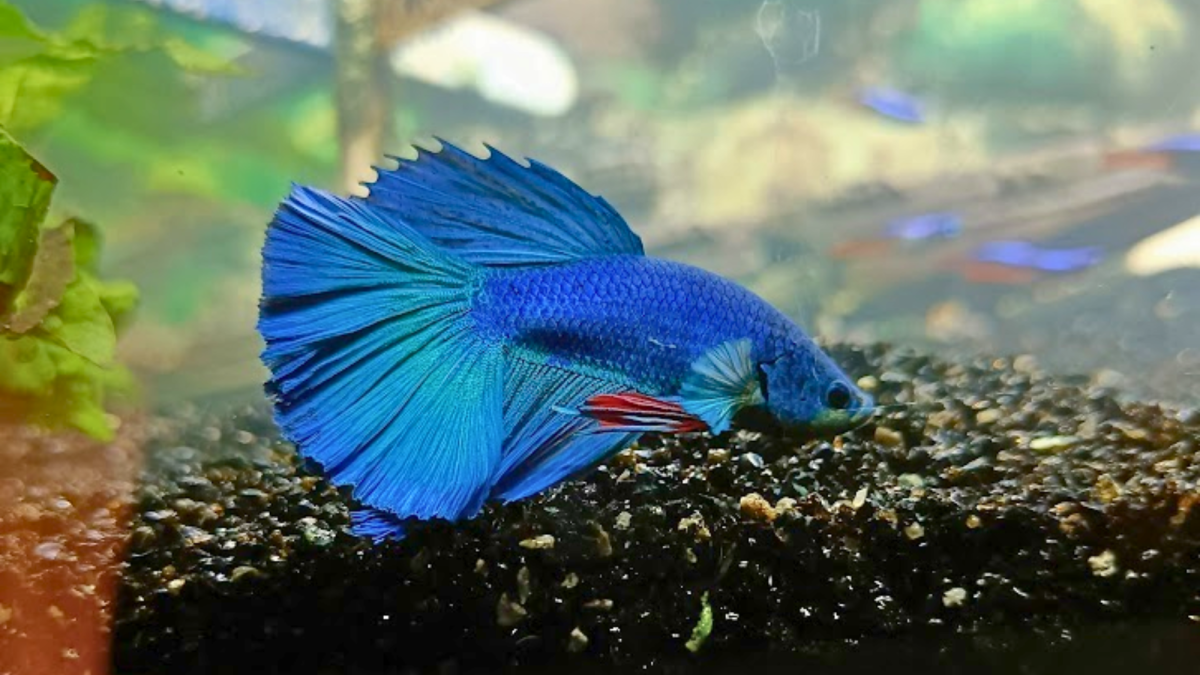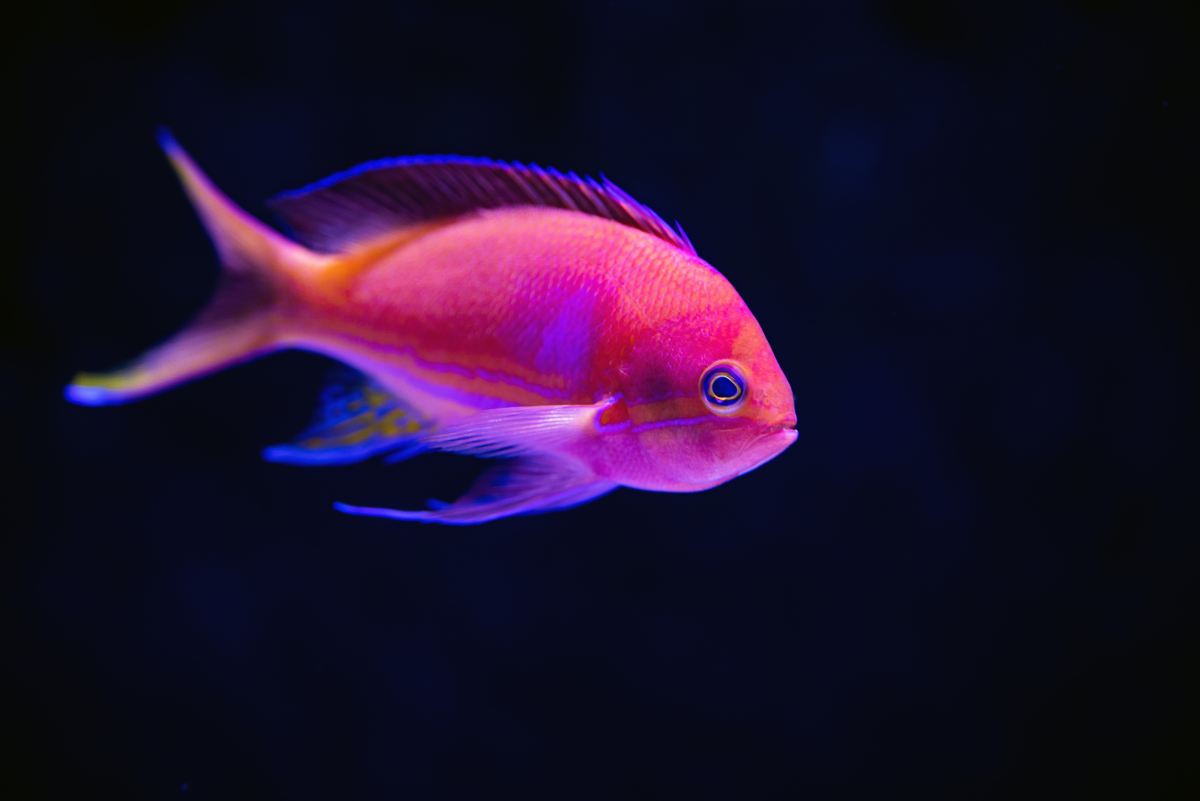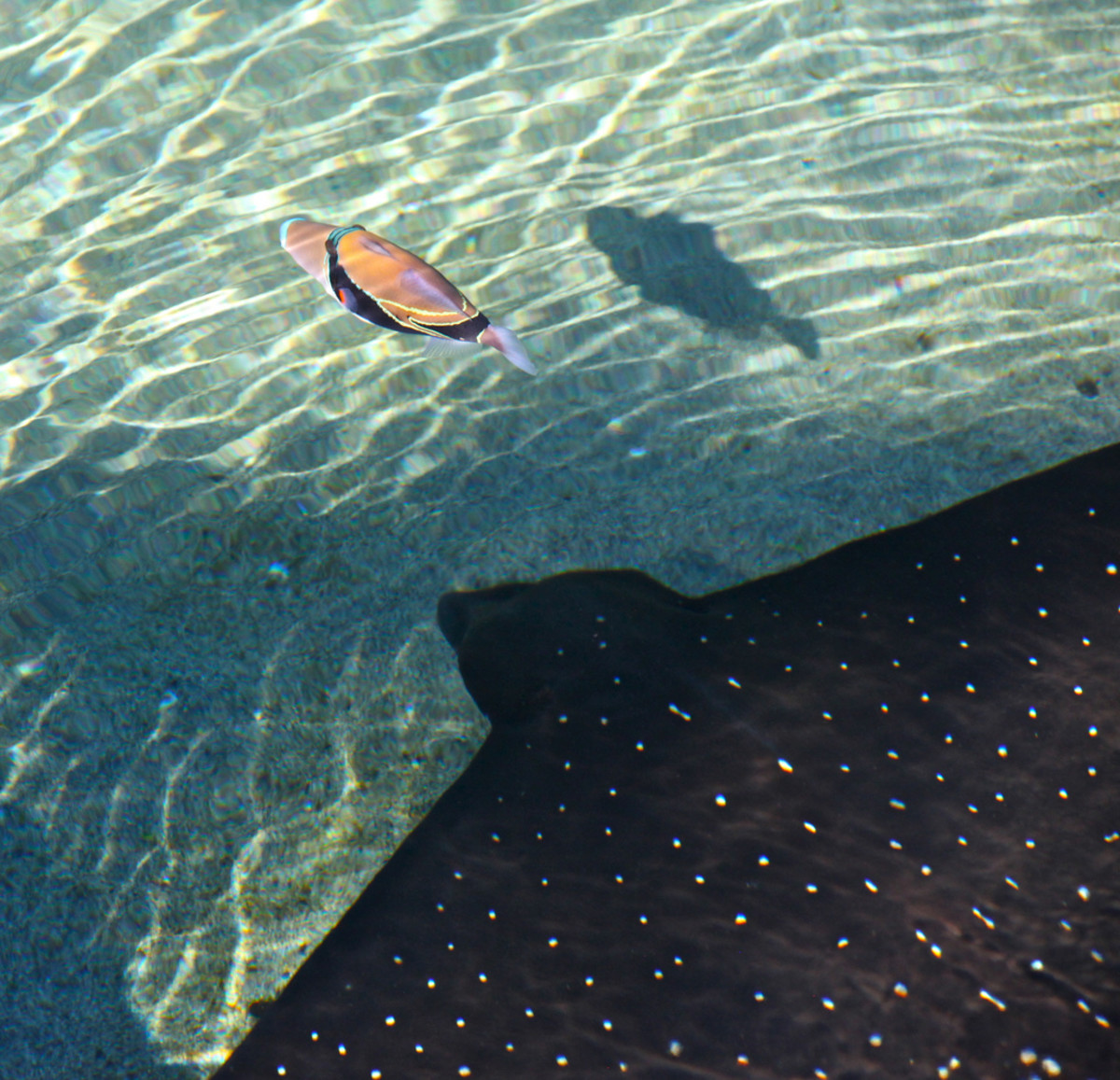- HubPages»
- Pets and Animals»
- Tropical Fish & Aquariums»
- Marine Aquarium Animals
Scooter Blenny - Care Of The Scooter Dragonet
Scooter Blenny Facts
Scientific Name : Synchiropus Ocellatus
Origin : Indo-pacific
Difficulty : Hard
Minimum Tank Size :30g if feeding, 75g if otherwise
Temperament : Peaceful
Temperature : 72 - 82°F
Reef Safe : Yes
Maximum Size : 5 inches
Diet :Carnivore
The Scooter Blenny is not really a blenny at all but a dragonet. It shares this common misconception with the Mandarin Fish. Unfortunately, it also shares more than just a name mix-up with the mandarin as it also has its same difficult dietary needs.
Scooter Blenny
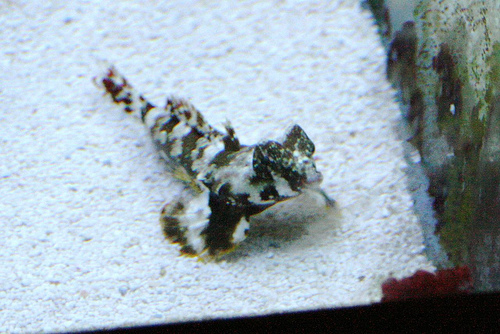
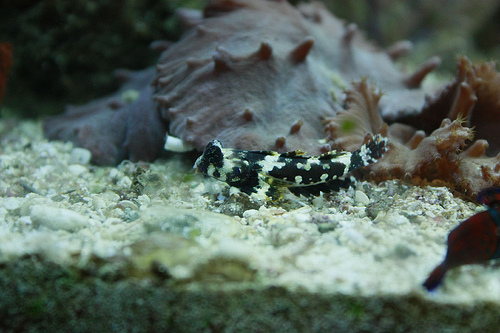
They hail from throughout the Indo-Pacific ocean and are a common offering in the marine aquarium trade.
As such, the scooter blenny is an inexpensive fish to purchase. Specimens can be had for as little as $10.
They are usually white, grey and dark brown all throughout their bodies and are not as popular as the mandarin dragonet because of this.
They can attain a length of 5 inches which is very big for a dragonet i might add. Collection wise, they are brought into the trade just as often as the mandarin dragonet.
These two dragonets have the same plight in captivity. They usually perish most of the time.
Scooter Blenny Video
Diet
And they perish in record numbers mainly because most marine aquarium hobbyists cannot meet their dietary needs.
In the wild they sift through the substrate and live rock looking for live food to consume. This food is made up of a variety of tiny crustaceans that include copepods.
They may also consume worms that inhabit the sand. Their diet is the main problem here. Unless you have a large and thriving system can produce these life forms for the scooter blenny to consume, they normally suffer a premature death.
While they can be trained to eat prepared foods, they are especially slow eaters that will surely lose out to their faster tank mates.
They should be trained to eat prepared foods by first starting them off with some live foods like baby or adult brine shrimp.
Once they start eating live artemia, you need to introduce frozen foods along with the live brine shrimp.
Hopefully they will learn that the dead pieces of frozen food floating around is actually food.
The ultimate goal is to get them on something nutritious like frozen mysis, krill and a good pellet food.
The
easiest long term solution to their dietary dilemma is to ensure the aquarium can
constantly produce enough food for these fish. Which means housing them in an established 75 gallon or larger aquarium to be sure.
They graze throughout the day so they need to be target fed multiple times a day. But this can be difficult and messy at the same time. But it is required for the longevity of the scooter blenny in captivity.

